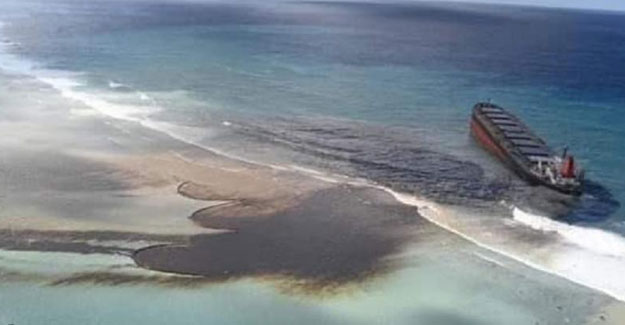
Researchers Develop Super-Hydrophobic Cotton For Oil-Spill Cleanup
Researchers at the Indian Institute of Technology (IIT), Guwahati, have developed a new class of super-hydrophobic cotton composite with Metal-Organic Framework (MOF) that promise marine oil-spill clean-up in near future. This is a novel, highly porous and water-repellent super-hydrophobic cotton composite material containing MOF, which can absorb oil selectively from an oil-water mixture, researchers said, in a statement released by IIT, Guwahati. The MOF composite has great capability for selective separation of the oils from oil / water mixtures and the separation efficiency lies between 95% and 98%, irrespective of the chemical composition and density of the oils. Besides, the MOF composite is also able to absorb large volumes of oils and can be reused for a minimum of 10 times so that the sorbents can provide more recovery of the spilled oil. The practical applications of this research include cleaning the spilled oil from environmental water (river, sea or ocean water) during oil transportation with high efficiency and large absorption capacity, thus reducing environmental water pollution. Both heavy and light oils can be effectively absorbed by the material, which is easy to prepare, cost-effective and recyclable, IIT, Guwahati said. The research team was led by Shyam P Biswas, associate professor, Department of Chemistry, IIT Guwahati. The results of this study have recently been published in the journal ACS Applied Materials and Interfaces. “Our goal was to develop a new material which could be synthesised easily and should be cost-effective. We have grown a new MOF material on the surface of medical cotton, which is environmentally friendly and cost effective. Such low-cost material will reduce the production cost of the material for large-scale synthesis for real applications, compared to currently available materials,” Shyam P Biswas said. MOFs are a class of compounds containing metal ions coordinated to organic ligands to form 3D structures, with the special feature that they are often highly porous materials that act like a sponge. The team led by Biswas initially developed a super-hydrophobic MOF which can repel the water and float on the water surface. Then, they grew the same MOF on the surface of medical cotton. It was observed that the medical cotton changes from hydrophilic to super-hydrophobic material and can float on the water surface. The MOF-coated cotton fibre composite showed water repellence with a water contact angle of 163°. The flexible super-hydrophobic MOF composite showed an oil absorption capacity of more than 2500 wt per cent. Motor oil, kerosene and gasoline were used by the team in this study to investigate the real-life potential of the material for oil-spill clean-up. The research team has also demonstrated the separation of oil from oil / water mixture by simple gravity-directed filtration and also a collection of underwater oil against gravity.
Textile Excellence
If you wish to Subscribe to Textile Excellence Print Edition, kindly fill in the below form and we shall get back to you with details.








